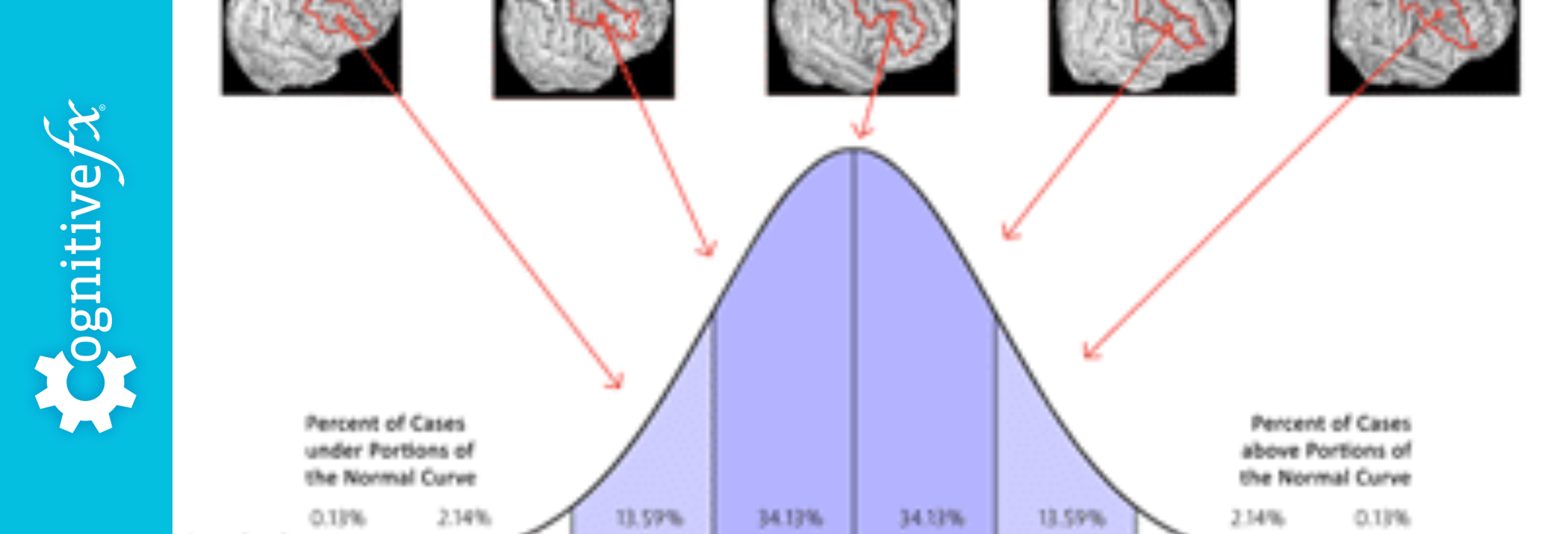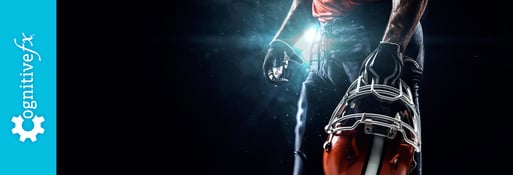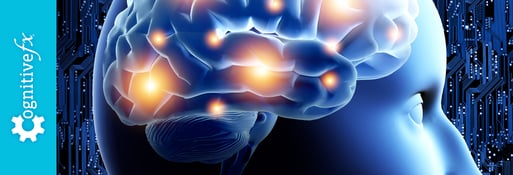At Cognitive FX we use both subjective and objective testing to discover how effective the treatment of a concussion is. During EPIC Treatment we use two fNCI scans one to definitively show where you were injured and another to understand how effective your concussion treatment has been. Our research shows the comparison between patients who go through our concussion treatment or receive no EPIC treatment at all.
How effective is EPIC Treatment?
At Cognitive FX we use fNCI (functional NeuroCognitive Imaging) to diagnose concussion(s), create a concussion treatment plan, and evaluate treatment effectiveness. The advantage of fNCI is that it is able to reveal indicators or “neuromarkers” of a concussion. These neuromarkers give us an idea of how severe the concussive effects are and which areas of the brain are most affected. The example below is an illustration of one of the known concussion neuromarkers and compares a patient who scores high on that neuromarker (more impairment) to one who scores low (less impairment).
Hyper-Activation
Hyper-activation of the medial pre-frontal cortex, an area of the brain that controls attention, is one of the concussion neuromarkers.
The patient below shows this neuromarker. The graph below shows how much hyper-activation is present. Normal is in the dark blue.
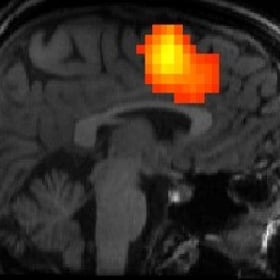 |
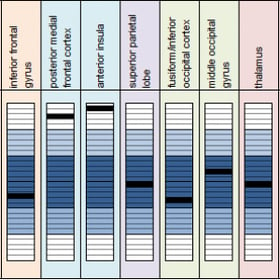
|
| Concussion Brain Hyper-Activation |
Hyper-Activation on Our Reports |
After an initial fNCI scan, we are able to compute an overall severity index score (SIS). This score is sort of an accumulation of the total number of neuromarkers present and the severity of each biomarker. This means that the higher the score, the worse off brain functioning is.
The graph below shows an example of how we have used the SIS to evaluate EPIC Treatment effectiveness. On the plot below, scores that are above 3 are considered to be a significant presence of concussive effects. Most people without concussion would show an SIS below 1.
This graph clearly shows improvements of patients before and after EPIC treatment. Then it shows a comparson between those who did not get treatment. Both groups had an initial fNCI scan, followed by a second scan either after treatment (EPIC Treatment Patients) or after the same amount of time without treatment (Not EPIC Treatment Patients). People in both groups were similar in all other ways that might affect concussion change over time. The difference between the groups is clear.
While this shows improvement comparing groups, at CFX we are focused on the individual. Treatment progress is monitored with far more elaborate measures than the single score shown above. Nonetheless, the graph above gives a potential patient an accurate picture of what typical results look like with EPIC Treatment.

